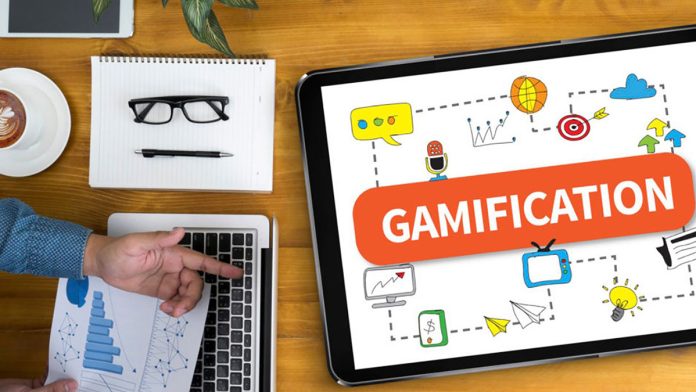Gamification is all the rage these days, and for good reasons. It’s a powerful way to drive engagement and motivation and can be used to improve all sorts of areas in your business.
From increasing user engagement to improving employee productivity, there’s something for everyone! So dive in and start using gamification to boost your business today! In this post, we’ll look at ways you can supercharge your gamification strategy.
Make sure you have an end-game plan
The whole point of gamification is to achieve specific business goals. Whether it’s to increase customer loyalty or boost employee productivity, you need to know what you want to accomplish before you start.
Think about what success looks like and what you need to do to get there. This will help you set up your gamification strategy for maximum impact.
Differentiate users with badges, levels, and experience points
People love to be recognized for their achievements, so make sure you have a system to do just that. You could use badges, levels, or experience points to differentiate between users and show them how they progress.
Badges are a great way to show off users’ accomplishments, while levels and experience points give users a sense of progress and can be used to unlock new content or features.
You can also use an LMS like TalentLMS to give users badges and levels as they progress through their learning journey. This makes it easy to track user progress and measure success.
But check TalentLMS pricing to ensure you’re getting the best deal for your business.
Use shared leaderboards to stoke competition
Nothing gets people going like a bit of competition, so consider using shared leaderboards to stoke the flames. This will encourage users to keep coming back and trying to top the leaderboard.
For example, if you’re trying to increase customer loyalty, you could have a leaderboard for the most active customers. This would show customers how they’re doing compared to others and encourage them to keep using your product or service.
Just make sure you have a system to avoid cheating and keep things fair.
Build in mysteries and unlockable content to build curiosity
Make things more interesting by building in mysteries and unlockable content. This will keep people coming back for more as they try to solve the mystery or unlock the next level of content.
For example, you could have a series of blog posts that people can only unlock by sharing on social media. This would encourage people to keep coming back to your site and sharing your content.
Consider including some real-world rewards for a more satisfying experience
While digital rewards are great, they can sometimes feel a bit abstract. For a more satisfying experience, consider including some real-world tips as well.
This could be anything from gift cards to exclusive access to events. Just make sure the rewards are something your users will want.
Remember that the best gamification strategies work even when participants aren’t playing
The best gamification strategies are the ones that keep people coming back even when they’re not playing.
For example, a good strategy will keep track of users’ progress and give them a sense of accomplishment even when they’re not actively engaged.
This could be as simple as sending them an email update or displaying their progress on a public leaderboard.
Conclusion
Gamification does not just improve engagement and recall; it also creates a new way for companies to connect with their audience. Moreover, it brings long-term sales by creating an emotional connection with customers.
To sum up, be sure to use gamification in your gamified programs to drive action and improve conversion rates. That’s how you can supercharge your strategy today!
Disclaimer: This article contains sponsored marketing content. It is intended for promotional purposes and should not be considered as an endorsement or recommendation by our website. Readers are encouraged to conduct their own research and exercise their own judgment before making any decisions based on the information provided in this article.




































































